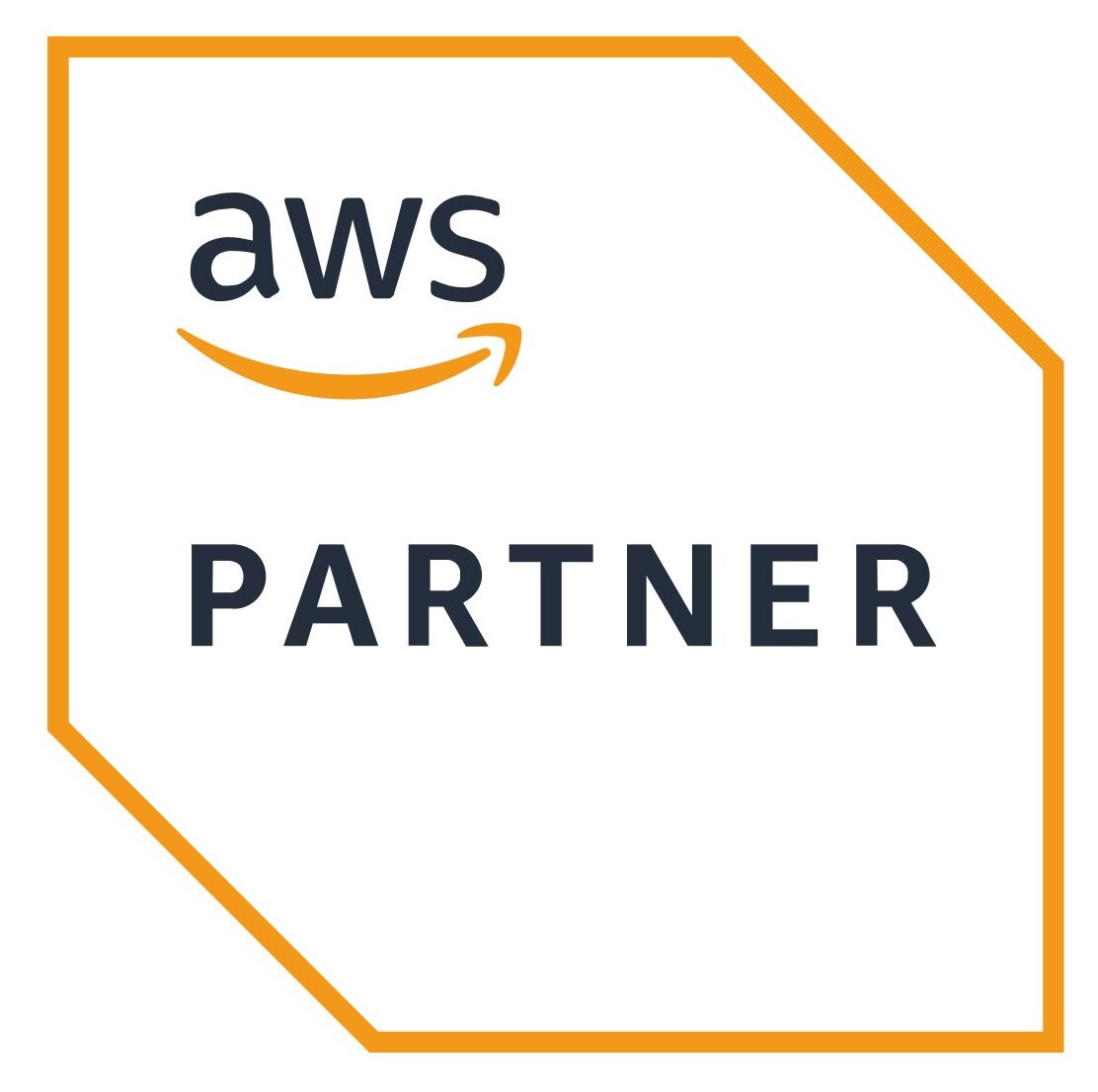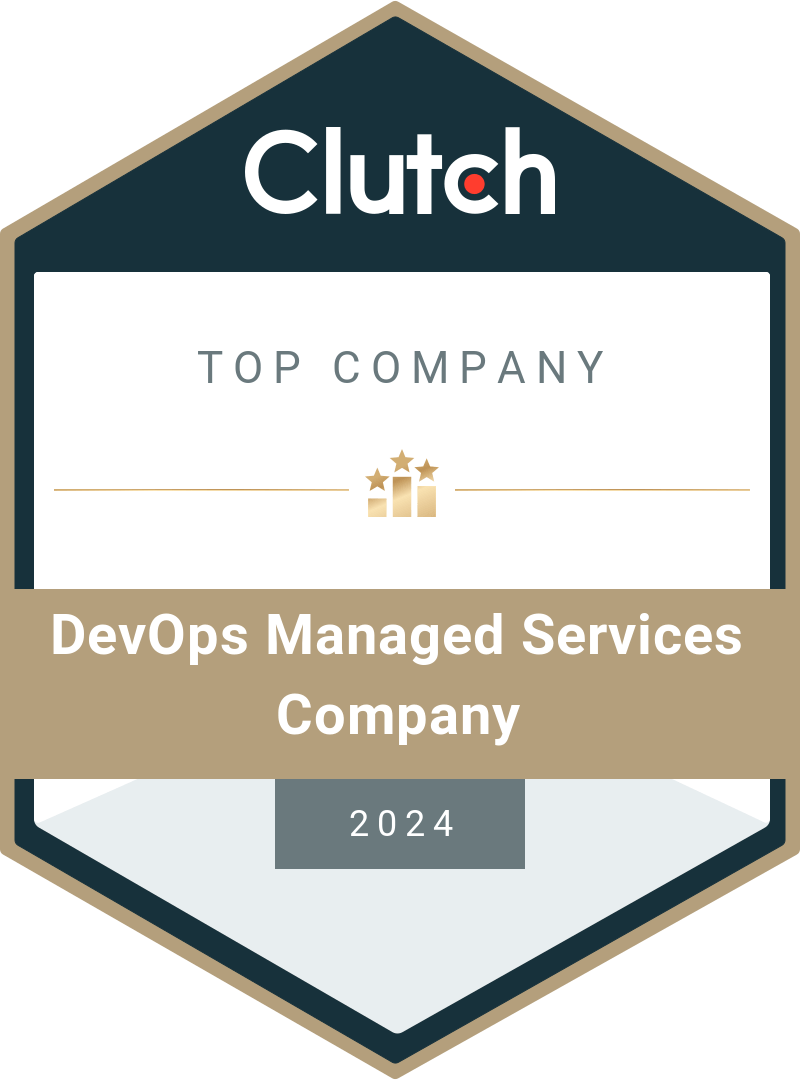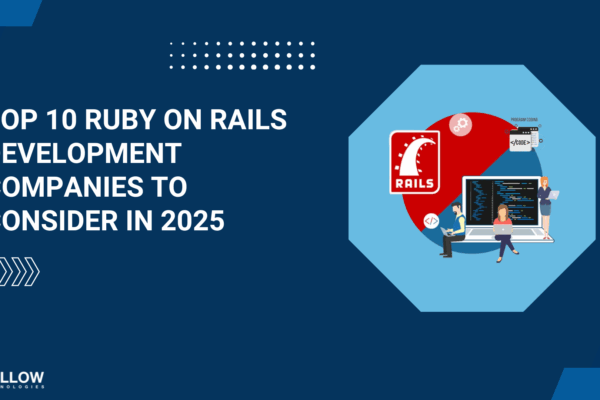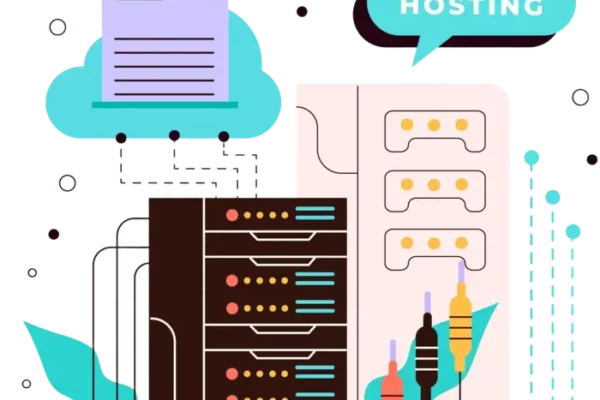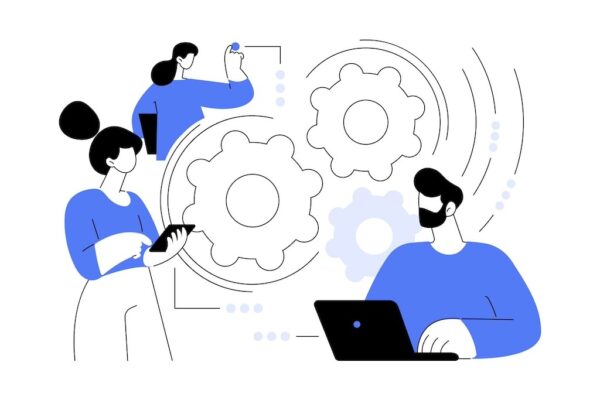Ruby on Rails Upgrade
- Home
- Ruby on Rails Upgrade
Is your business keeping your Ruby on Rails applications up to date to maintain security, reliability, and performance?
In the rapidly evolving world of web development, staying current with Ruby on Rails is vital for maintaining a competitive advantage. As a top web framework, Ruby on Rails provides businesses and developers worldwide with powerful capabilities. Keeping your applications updated is key to ensuring they remain reliable, secure, and high-performing. Upgrading Ruby on Rails safeguards against emerging security threats while taking advantage of the latest technological advancements. Learn how regular upgrades can boost your application’s functionality and longevity, ensuring it continues to meet your business goals efficiently.

Why upgrade Ruby on Rails?
It is important to understand the importance and benefits of upgrading your Ruby on Rails application. Here is a quick look on the importance and you can learn the benefits in detail in our article on 6 benefits of upgrading your Ruby on Rails application. Once you learn the benefits, it is important to understand if the time has arrived to upgrade your Ruby on Rails application, learn to understand when you have to upgrade your Ruby on Rails application.
Enhanced security
One of the foremost reasons to embark on a Ruby on Rails upgrade journey is to bolster your application's security. With each new version, the Rails community addresses vulnerabilities and releases vital security patches. By staying current, you not only protect your data and user information but also fortify your application against emerging cyber threats.
Improved performance
Performance is a driving force behind user satisfaction and engagement. Upgrades often bring forth a myriad of performance enhancements and optimizations that can significantly enhance the speed and responsiveness of your application. These improvements can lead to faster page load times, better user experiences, and increased user retention.
Access to new features
Ruby on Rails continually evolves, introducing innovative features and improvements with each new version. By upgrading, you gain access to these cutting-edge features, allowing you to innovate and meet evolving user expectations. Whether it's streamlined development workflows, enhanced developer tools, or advance
Community support
In the open-source world of Ruby on Rails, community support plays a pivotal role. As newer versions are adopted by the community, you'll find an abundance of resources, tutorials, and community-contributed gems and libraries. This vibrant ecosystem can provide invaluable assistance and reduce development time when working with the latest Rails versions.
Compatibility
As technology evolves, so do the dependencies and integrations that your application relies on. Upgrading Rails ensures improved compatibility with modern gems, libraries, and other third-party services. This compatibility not only streamlines development but also helps you maintain a robust and up-to-date tech stack.
Gaining a competitive edge
In a competitive market, where user expectations are continually rising, maintaining an up-to-date application can be a key differentiator. Upgrades enable you to adopt the latest industry trends, offer innovative features, and provide a seamless user experience. This, in turn, can set you apart from competitors and attract a more extensive user base.
Why our clients keep choosing us? Listen from them...
Discover why our clients have consistently chosen us for their software development needs. As a trusted software development agency with over 13 years of experience, our dedicated team delivers exceptional solutions, empowering your business to thrive. With our flexible scaling and unwavering commitment to client satisfaction, we’re your go-to partner for innovative software development.

"Mallow Technologies Private Limited has an excellent company culture and is extremely responsive and reliable."
Joseph Motley, CEO, Trygg

"Their reliability, attention to detail, transparency, and technical communication has been excellent."
Brian Casel, Founder & CEO, SaaS Product Company

"They have become a true business partner that I can rely on to perform without worry and deliver without hesitation."
Chris Jones, CTO, School Shares

"The work is high-quality, but I especially appreciated Mallow Technologies' autonomy."
Chris Atkinson, CEO, Fleetrover

"They offer great communication matched with technical skills and reliability."
Brian Casel, Owner, Instrumental Products

"They deliver their items on time."
Oky Sabeni, Product Manager, Podseeker

"They've become a valuable strategic partner."
Aaron Kassover, Founder, AgentMethods

"The product delivered is up to our expectations."
Dinesh Kumar, Manager, The Karur Vysya Bank Limited

"They're doing a great job. I'm still working with them."
Alex Dracup, Founder, Reef App Development
PROJECTS
CLIENTS
YEARS OF EXPERIENCE
TEAM MEMBERS
What are the Evaluation checklist for your existing codebase & infrastructure?
To assist in the assessment process, here’s a checklist for evaluating your existing codebase and infrastructure:
- Rails version - Record your current Rails version and any specific requirements.
- Gem versions - Document the versions of gems and libraries in use.
- Database schema - Verify the compatibility of your database schema with the target Rails version.
- Custom code - Identify areas of custom code that might require modification.
- Testing suite - Ensure your testing suite (e.g., unit tests, integration tests) is up to date.
- Hosting and infrastructure - Assess your hosting environment and infrastructure for compatibility and capacity.
- Data backup - Confirm that data backups are current and reliable.
Creating an upgrade plan
Creating a detailed upgrade plan is the cornerstone of a successful upgrade. Here’s a step-by-step guide to help you navigate this critical phase:
-
Upgrade Plan Goal Clarification
Reiterate your objectives to ensure everyone involved understands the purpose of the upgrade.
-
Upgrade Plan Inventory Assessment
Compile the information gathered during the assessment phase.
-
Upgrade Plan Version Selection
Reiterate your objectives to ensure everyone involved understands the purpose of the upgrade.
-
Upgrade Plan Risk Analysis
Identify potential risks and challenges associated with the upgrade.
-
Upgrade Plan Timeline and Milestones
Establish a realistic timeline with clear milestones to track progress.
-
Upgrade Plan Resources Allocation
Determine the resources required, including developers, testing environments, and infrastructure.
-
Upgrade Plan Testing and contingency plan
Develop a thorough testing plan encompassing functionality, performance, and security while also outlining contingency strategies for unforeseen issues.
-
Upgrade Plan Communication plan and documentation
Create a comprehensive communication plan to inform stakeholders during the upgrade and stress the need for documenting the process for future reference and maintenance.
-
Upgrade Plan Considerations for risks and contingencies
Consider risks, like gem conflicts and downtime. Develop strategies, including rollbacks, and a data recovery plan. Assess, set objectives, and plan for a successful Ruby on Rails upgrade to minimize disruptions and maximize benefits.
Are you planning for your Rails upgrade?
Before embarking on the upgrade journey, it’s crucial to have a comprehensive understanding of your current Ruby on Rails setup. This includes below significant concepts. However, before planning your upgrade you will need to consider few points which you can learn in our article on “What should I do before planning the Ruby on Rails upgrade for my application?”
Determine your current Rails version to identify the gap between your existing setup and the target version.
Version

Take inventory of the gems, libraries, and third-party dependencies your application relies on.
Gems and dependencies

Document any custom code, configurations, or plugins unique to your application.
Customizations

How to prepare for the Ruby on Rails upgrade?
Preparing for a Ruby on Rails upgrade is a critical phase that can significantly impact the success and smoothness of the process. It involves conducting a thorough assessment of your current setup, cleaning up your codebase, ensuring data preservation, and setting up a controlled staging environment. Upgrading Ruby on Rails to a newer version is a pivotal phase in your application’s evolution. It’s essential to navigate this process with precision and care to ensure a seamless transition. Our article on “How to upgrade my Ruby on Rails application” provides insights into version-specific upgrade steps and addresses common challenges that developers may encounter during a Rails upgrade.
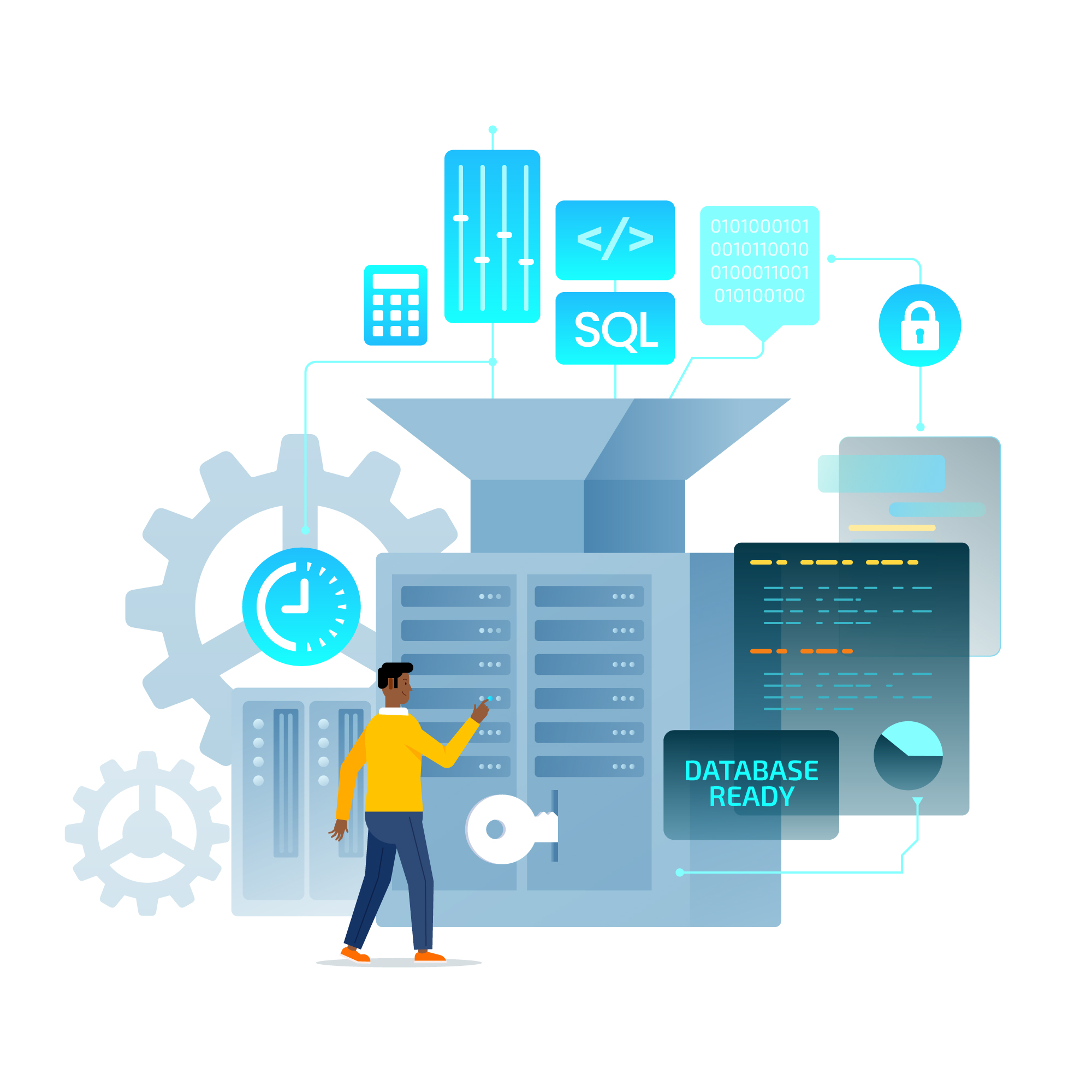
Code audit and cleanup
Before initiating the upgrade, it’s essential to conduct a comprehensive code audit. A code audit serves multiple purposes:
Identification of issues
It helps identify outdated or deprecated code, potential bottlenecks, and areas that may not be compatible with the new Rails version.
Performance improvement
A code audit can uncover opportunities for performance optimization, making your application more efficient.
Security assessment
It aids in identifying security vulnerabilities that need to be addressed before the upgrade.
Tips for code cleanup
To ensure a smoother upgrade process, consider the following tips for cleaning up your codebase:
Review and refactor
Review your code thoroughly, refactor where necessary, and remove redundant or unused code.
Update dependencies
Update gems and libraries to their latest versions to align with Rails requirements.
Testing and documentation
Prioritize testing to catch regressions and update documentation to reflect code changes and improvements.


Backups and data preservation
Data is the lifeblood of your application, and data loss during an upgrade can be catastrophic. Therefore, emphasize the significance of backups:
Data security
Backups ensure data security during the upgrade process, minimizing the risk of data loss or corruption.
Rollback capability
In the event of unforeseen issues, having backups enables a safe rollback to the previous state.
Configuration backup
Don't forget to back up application configurations and environment variables, as they are for proper functioning.
Staging environment setup
Creating a staging environment that closely mimics your production environment is a fundamental step in the preparation process. This environment should have:
Identical configuration
Align staging with production: match Database, gem versions, server settings.
Sample data
Populate the staging database with representative sample data to simulate real-world scenarios.
Security
Implement the same security measures as the production environment to assess any vulnerabilities accurately.


Post-upgrade testing
Post-upgrade testing is crucial to ensure your application’s integrity and functionality. Thorough testing after Ruby and Ruby on Rails upgrades helps prevent regressions, compatibility issues, and unforeseen problems.
Unit testing
Focus on testing individual components or functions in isolation to ensure they perform as expected.
Integration testing
Verify that different parts of your application work together seamlessly when integrated.
User Acceptance Testing (UAT)
Engage end-users to assess whether the application meets their requirements and expectations.
Consulting and support services
We offer tailored consulting and support services to help you navigate the complexities of a Ruby and Rails upgrade.
Comprehensive consultation
Our Ruby on Rails developers offer thorough consultations to understand your upgrade needs, project goals, and technical requirements.
Custom upgrades
We develop customized upgrade strategies that align with your goals, ensuring a smooth transition and maximizing benefits.
Risk mitigation
Our consulting includes risk assessment and mitigation for Ruby and Rails upgrades, providing contingency plans to handle any challenges.

How we assist in the upgrade process?
- Our team provides expert guidance at every stage of the upgrade process.Whether you're in the planning and preparation phase, facing version-specific challenges, or optimizing performance post-upgrade, we offer guidance based on years of hands-on experience and in-depth knowledge of Ruby on Rails.
- We understand that no two upgrade projects are identical. That's why we offer customized solutions tailored to your specific application, its dependencies, and your business goals. Our solutions address your unique challenges, ensuring a smooth and successful upgrade.
- We recognize the importance of minimizing downtime during an upgrade. Our strategies are designed to keep disruptions to a minimum, allowing your application to continue serving your users while the upgrade is in progress. We implement best practices to ensure a seamless transition.
- We're dedicated to your success, providing ongoing post-upgrade support for Ruby on Rails applications. Our responsive team ensures stability and performance, making the upgrade a strategic investment for a secure, efficient, and competitive future.

